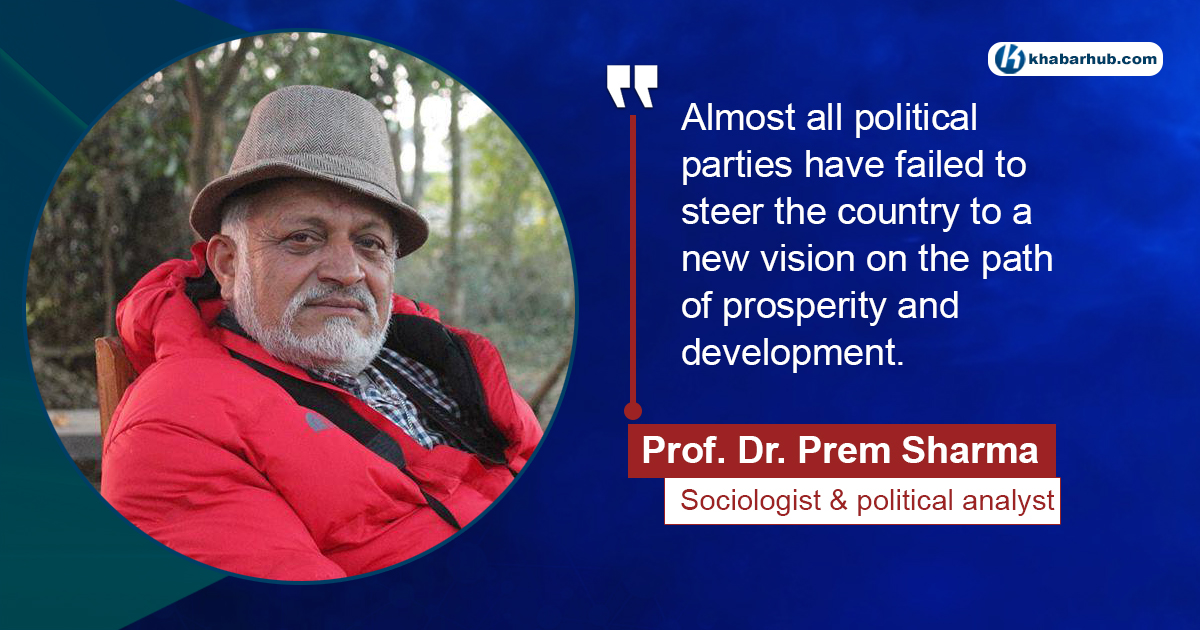Except late King Mahendra Bir Bikram Shah and his forefather Prithvinarayan Shah, almost all rulers were ignorant of the ecology of Nepal. Nepalese rulers after the death of King Mahendra have encountered regional, ethnical and Gender Equality and Social Issues (GESI) as possible threats to dislodge their reigns. Therefore, one needs to reassess King Mahendra’s reign and critically evaluate the merits and demerits of Panchyat system of Nepal.
Just within a decade after Rana’s dictatorial rule (of oligarchy) ended following the tri-partite Delhi agreement in 1951), five Prime Ministers were appointed and all of them, except B.P. Koirala, failed to strengthen Nepal’s democratic system. They were more influenced by monarchy and less by democracy.
The five Prime Ministers were Matrika Prasad Koirala, K.I. Singh, Tanka Prasad Acharya, Subarna Shumsher Rana, and B.P. Koirala. Then “the power monger assertive monarch Mahendra” (as termed by Indian Prof. S.D. Muli, an expert on South Asian affairs) took over and introduced Panchyat system as a fake democracy to uproot newly introduced multi-party democracy.
Under the Panchayat-rule of King Mahendra, Nepal took a course of a partyless system for three decades will all the powers concentrated in palace headed by the king himself. His successor King Birendra Bir Bikram Shah also floundered and hence failed to promote real democracy in Nepal. He was the one who disregarded the call for democracy as mandated by Nepali citizen in the first-ever held referendum (in 1981).
Finally, the party-less Panchyat system, too, collapsed in 1990. The first democratic Constitution of Nepal (1991) couldn’t succeed to institutionalize democratic government. As democratic norms and values were challenged with no rule of law in sight in the decade-long Maoist insurgency (politically branded as ‘Peoples War’ by then Maoist party), constitutional monarchical system (King Gyanendra as the head) was finally toppled down to set the stage ready for setting up federal republic democratic set up.
Just imagine a total of six constitutions, scores of people’s protests and several mass movements have still not been able to satisfy the aspirations and demands of people of all castes, languages, and religions living in the mountains, hills, and Tarai-Madhes, more particularly the people of Province-2.
This is enough to prove that rulers in the past and leaders at present have failed to acknowledge the ecology of Nepal along with the developmental aspirations of the people. Otherwise, the mountainous people of west Nepal and Madeshi activist of Province -2 would not have been on agitation mode even today.
Nepal is a country of diversities. Moreover, three topological regions, socio-religious threats in the form of hierarchical caste-system and multiple religions (vertical and horizontal social systems plus about a dozen religions) pose a challenge to any governing system more particularly to a democratic federal structure which thrives on giving representation to all classes.
Monarchy failed in this endeavor and let us hope democratically elected government succeeds. A good ruler must understand what Manu, Kautaliya, and Machiavelli had proposed in the past – their economic, social and political paradigms.
Under a democratic system, Nepali Congress (NC) and Nepal Communist Party (NCP) are entrusted with mandates of the people in general elections held periodically after every five years since 1951 after the end of Rana dictatorship.
However, all of them have failed to steer the country to a new vision on the path of prosperity and development. As spoken earlier, Nepal’s ground realities are not that simple as it appears from outside. It is difficult for Nepal to adapt to exotic and/or a hybrid model of the governance system and development models.
Since the experiment of the block development project (Tribhuwan Gram Vikash) supported by American and Indian grants and assistance in 1953 is the case in point. Nepal has been converted into a laboratory of political and economic experiments — a land of imposing trials and various tests.
Billions of dollars or money are entering the country but have no visible productive results on the ground as if the entire wealth has been poured in the sand. The big chunk of money entered Nepal to be spent on various social and economic causes such as GESI, new community model, sustainable development and so many other gibberish without any proportionate results on the ground.
It is gibberish because several jargons are devised to get the foreign funds and at the end, people in power divert the fund towards their personal selfish use. Even after so much of the funds spent on political, social and economic reforms, the country Nepal is reeling under underachievement in several fields. Till recently, Nepal was suffering under the onslaughts of political instability, Maoist insurgency, shifting unitary government paradigm/ system to federal set up, blind violent nationalism to Interregional disparity or subjection of people.









Comment